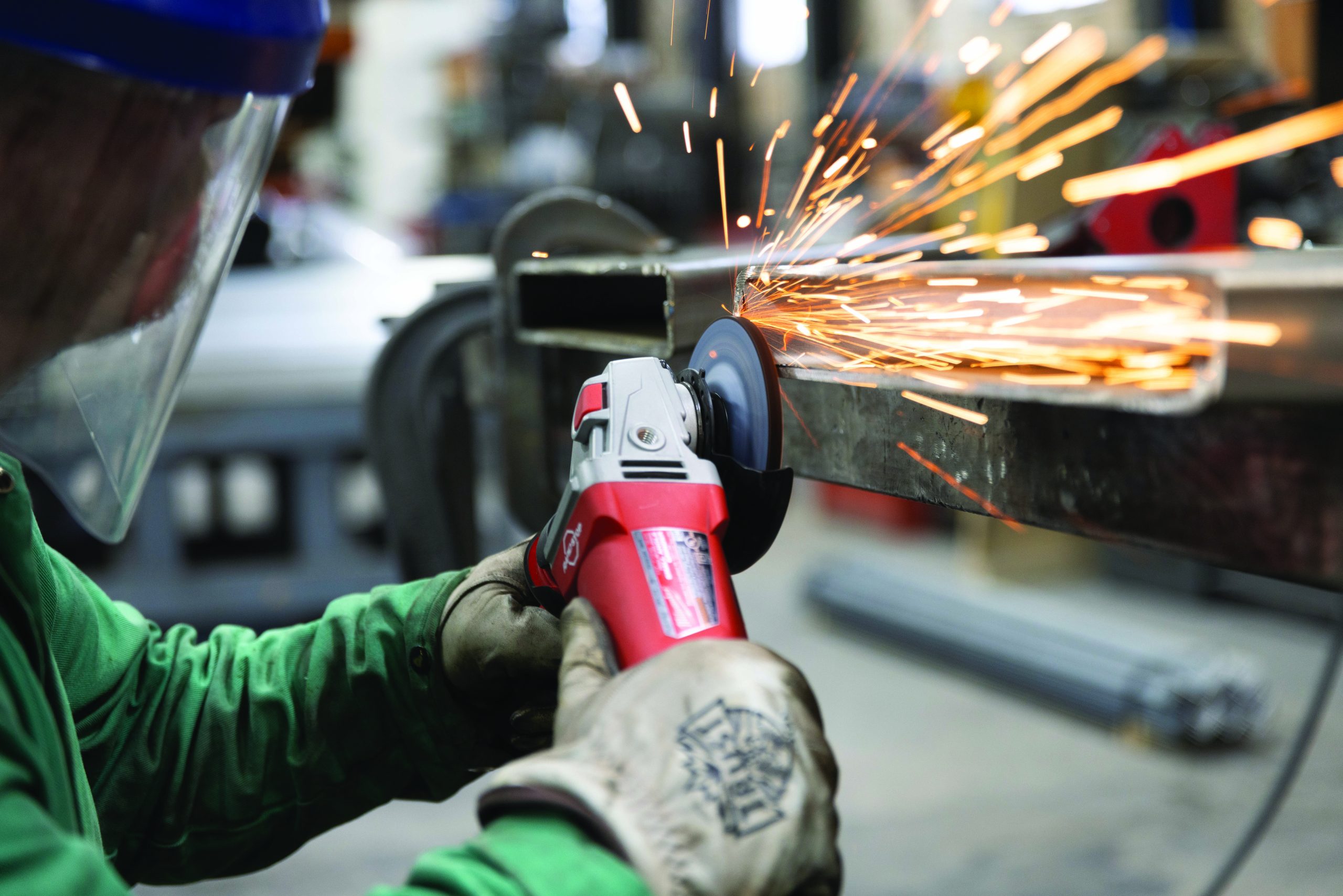Do You Know How To Grind Stainless Steel?

Stainless steel, known for its corrosion resistance and durability, requires specific techniques when it comes to cutting and grinding. Using bonded abrasives is an effective method, but it’s crucial to follow best practices to ensure quality results and prevent damage to the material.
I wanted just to give a brief summary according to the detailed article published in Fabtech. I suggest that interested readers also take a look at the original article in the link.
One key recommendation is to choose the right abrasive grain, such as zirconia or ceramic, as these materials are better suited for stainless steel due to their hardness and cutting speed. When working with stainless steel, it’s essential to use the right bonded abrasives to avoid contamination. Products labeled INOX are specifically designed for stainless steel applications as they contain minimal iron, sulfur, and chlorine, reducing the risk of after-rust. Using general-purpose abrasives, which may contain iron, can leave residue on stainless steel, leading to rust issues.
Additionally, keeping the material cool during grinding is critical. Overheating can lead to discoloration or even weaken the corrosion-resistant properties of the stainless steel.
The article also emphasizes the importance of selecting the correct pressure. Excessive pressure can result in surface damage or poor finish, while the right balance can lead to cleaner, faster cuts. Operators are advised to regularly inspect and maintain their abrasive tools to avoid clogging or reduced cutting efficiency, both of which can negatively affect the final product.
Proper technique and tool maintenance not only extend tool life but also improve the quality of the finished product, making these tips essential for any professional working with stainless steel.
Source:




Discussion